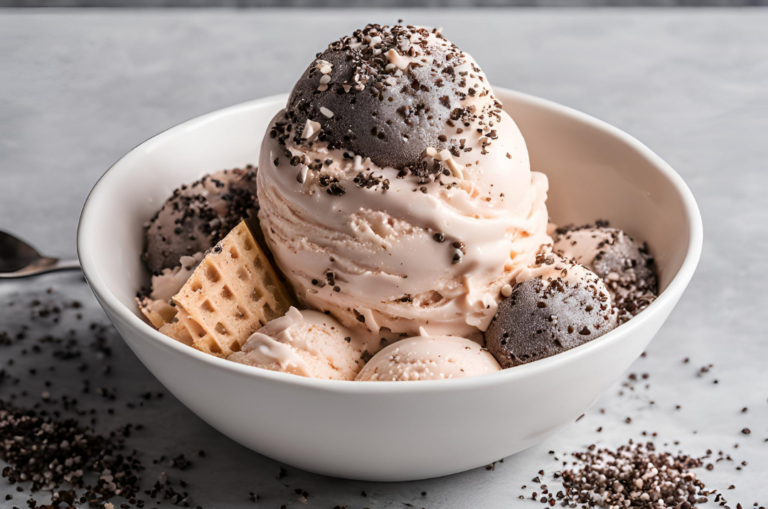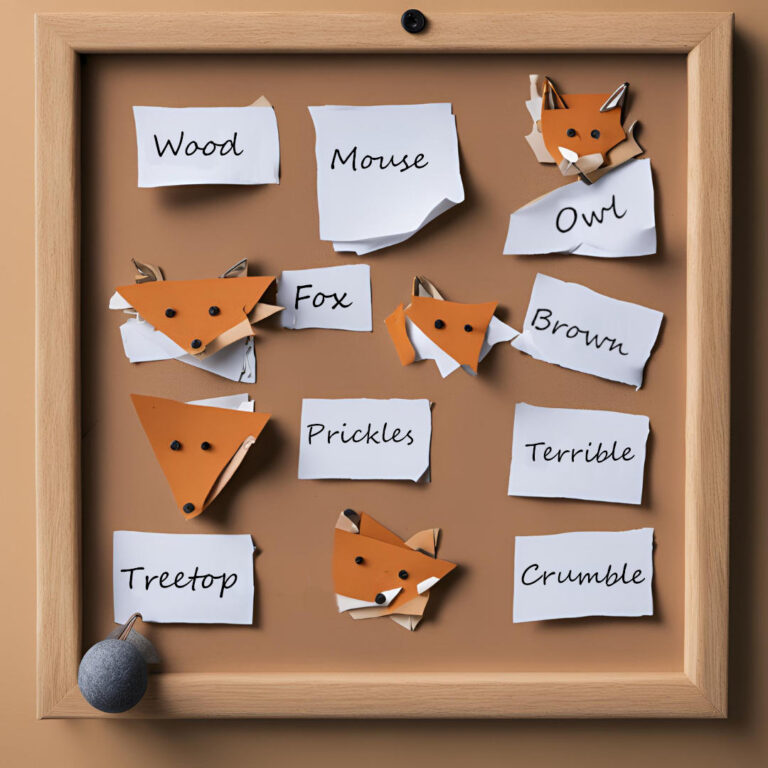The beloved story The Gruffalo by Julia Donaldson provides a fantastic foundation for engaging and educational activities in early years settings. These activities not only encourage creativity and imaginative play but also help develop key skills such as language, fine motor coordination, and social interaction.
Below is a detailed guide to Gruffalo activities for EYFS that will enhance learning and promote child development while celebrating this popular story.
Blossom’s Recommended Gruffalo Activities for Early Years:
1. Gruffalo Story Time and Role Play
Begin by reading The Gruffalo to the children, using animated voices and props to bring the characters to life. Afterwards, encourage the children to participate in role play, taking on the roles of the different characters, such as the mouse, fox, owl, and Gruffalo.

This activity promotes listening, comprehension, and social interaction, while also building confidence in speaking.
EYFS Areas of Learning and Development:
- Literacy (Comprehension, Reading)
- Communication and Language (Listening, Attention and Understanding)
- Personal, Social, and Emotional Development (Building Relationships)
2. Gruffalo-Themed Sensory Bin
Create a sensory bin filled with materials that represent the forest environment where the Gruffalo lives. You can include natural elements like leaves, twigs, pine cones, and small animal figurines to represent the mouse, owl, and fox.

This tactile experience encourages children to explore different textures, promoting sensory development and imaginative play.
EYFS Areas of Learning and Development:
- Understanding the World (The Natural World)
- Physical Development (Fine Motor Skills)
- Expressive Arts and Design (Being Imaginative and Expressive)
3. Gruffalo Arts and Crafts
Let the children create their own Gruffalo masks or puppets using paper plates, coloured paper, and craft materials like googly eyes, feathers, and pom-poms. They can decorate the masks to mimic the Gruffalo’s distinctive features such as his “terrible tusks” and “purple prickles.”
This activity supports fine motor development and fosters creativity, and the masks can be used in the role play above or any of the other activities!
EYFS Areas of Learning and Development:
- Expressive Arts and Design (Creating with Materials)
- Physical Development (Fine Motor Skills)
- Communication and Language (Speaking)
4. Gruffalo-Themed Outdoor Adventure
Take the children on an outdoor adventure, inspired by the mouse’s journey in the story. Create a scavenger hunt in the playground or garden, where the children can search for hidden objects that represent characters or items from the book (e.g., a “Gruffalo” made from twigs or a “Snake” painted on a rock).
This activity helps develop gross motor skills, spatial awareness, and understanding of the story.
EYFS Areas of Learning and Development:
- Physical Development (Gross Motor Skills)
- Understanding the World (The Natural World)
- Literacy (Comprehension)
5. Gruffalo Counting and Sorting Games
Create counting and sorting activities based on the characters in The Gruffalo. For example, children can count how many “poisonous warts” the Gruffalo has (using small craft items) or sort pictures of the different woodland animals by size or type.
These activities introduce early maths concepts in a fun, story-driven way.
EYFS Areas of Learning and Development:
- Mathematics (Number, Numerical Patterns)
- Physical Development (Fine Motor Skills)
- Communication and Language (Speaking)
6. Gruffalo Food and Snack Time

Create Gruffalo-themed snacks for the children, such as “Gruffalo Claws” made from breadsticks, or “Owl Ice Cream” (ice cream with sprinkles). You could even involve the children in making simple snacks, fostering teamwork, and promoting healthy eating discussions.
This sensory-rich activity encourages fine motor skills and introduces children to basic kitchen tasks.
EYFS Areas of Learning and Development:
- Personal, Social, and Emotional Development (Building Relationships)
- Physical Development (Fine Motor Skills)
- Communication and Language (Listening, Attention and Understanding)
7. Gruffalo Music and Movement
Play woodland-themed music or create simple soundtracks that represent different scenes in the story, like stomping sounds for the Gruffalo or a soft, sneaky rhythm for the mouse. Let the children move around the space, acting out parts of the story through movement and dance.
This activity promotes physical development, rhythm, and creative expression.
EYFS Areas of Learning and Development:
- Physical Development (Gross Motor Skills)
- Expressive Arts and Design (Being Imaginative and Expressive)
- Communication and Language (Listening)
8. Gruffalo Vocabulary Building
Introduce new vocabulary from the story, such as “terrible,” “knobbly,” and “prickles.” Discuss the meaning of these words and ask children to think of other words that describe the Gruffalo.

You can create a word wall to reinforce new language, promoting vocabulary expansion and descriptive skills.
EYFS Areas of Learning and Development:
- Communication and Language (Speaking)
- Literacy (Reading, Comprehension)
- Personal, Social, and Emotional Development (Managing Self)
Incorporating Gruffalo activities for EYFS into your curriculum provides children with exciting, hands-on learning experiences that support key areas of development.
From role play and sensory exploration to maths and language games, these activities enhance creativity, fine motor skills, language comprehension, and understanding of the world, all while celebrating one of the UK’s most beloved children’s stories.
For more brilliant EYFS activities, check out our Ultimate guide to EYFS activities blog post and easily cover the seven areas of learning and development!